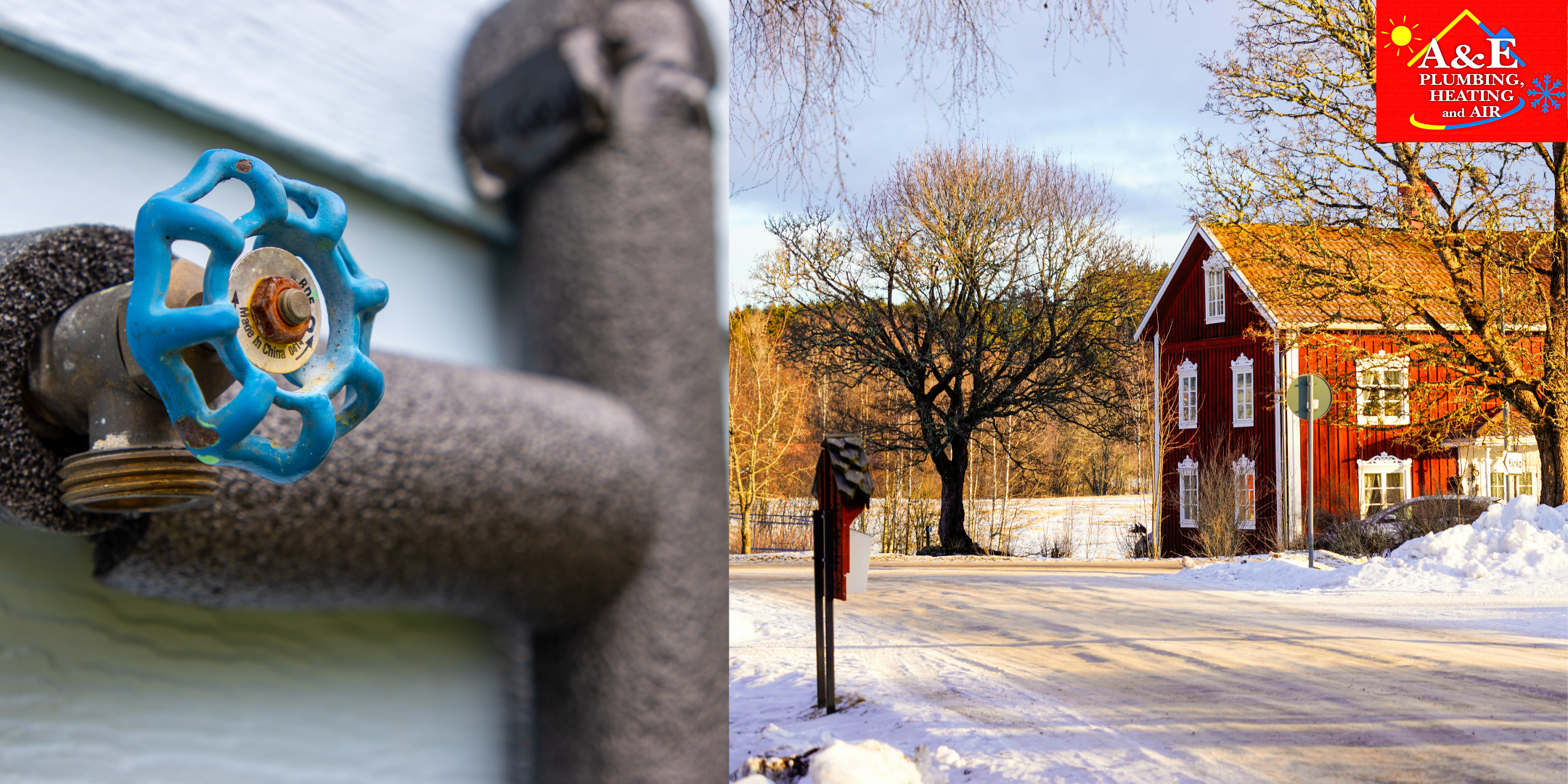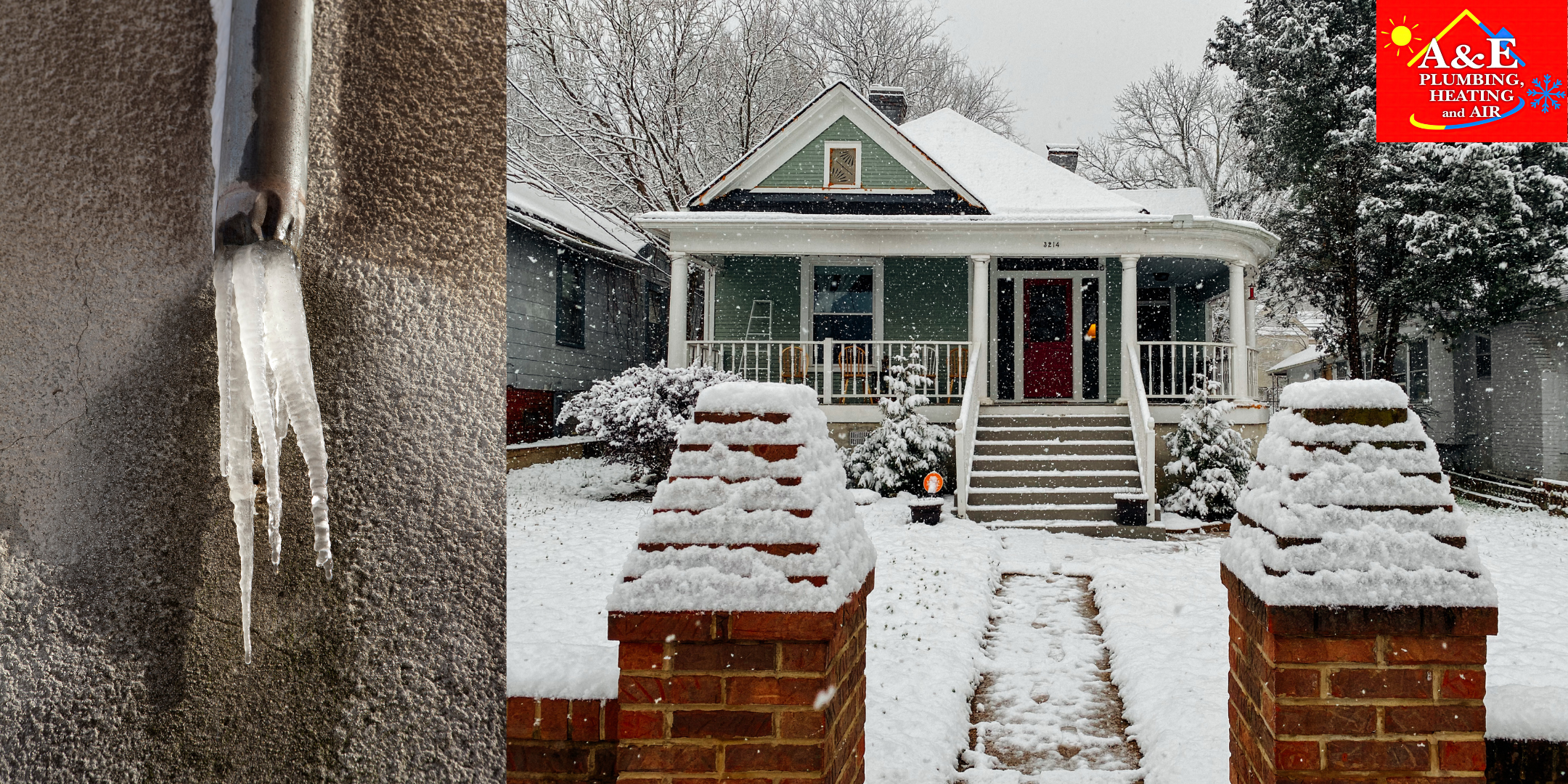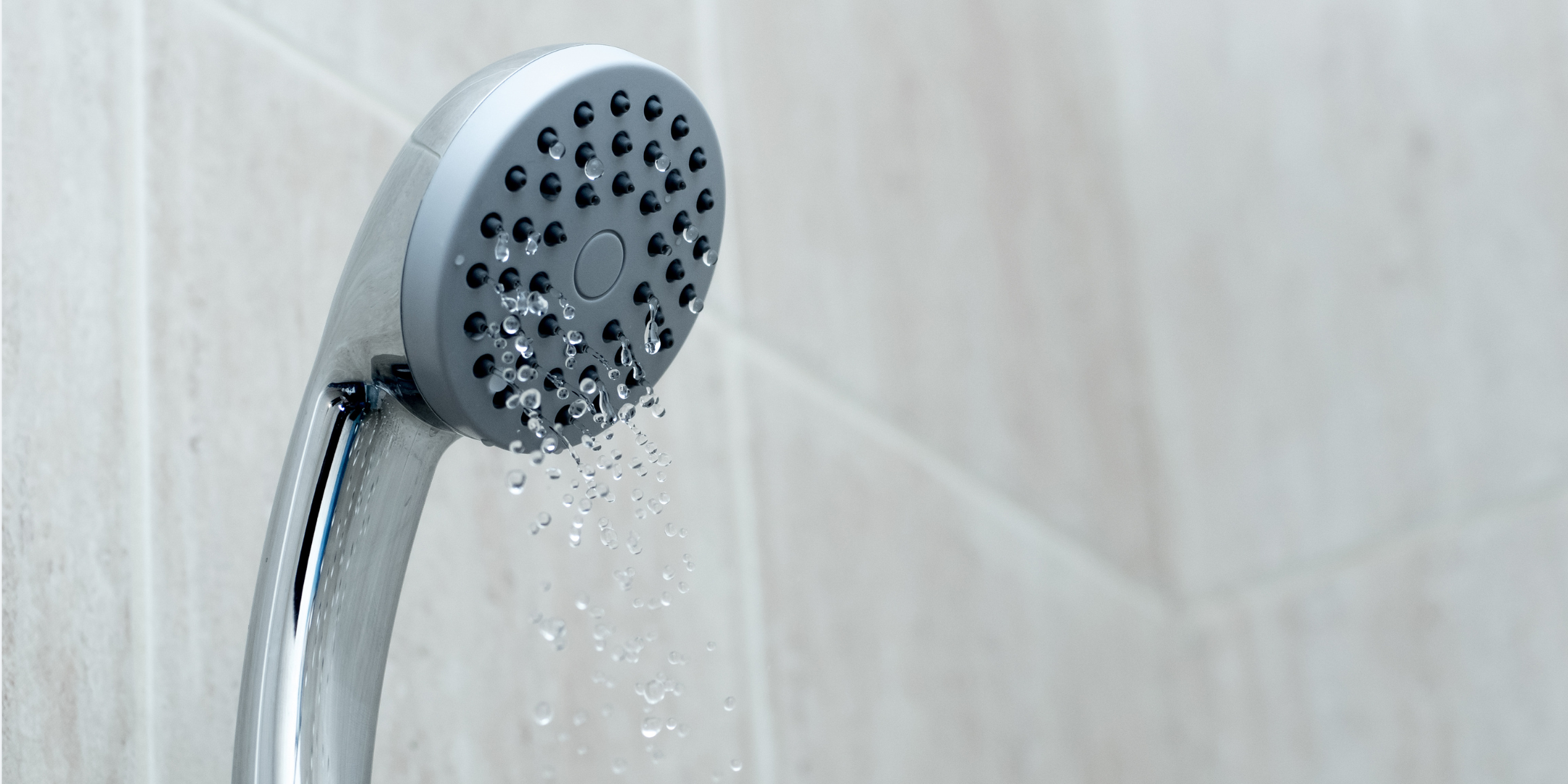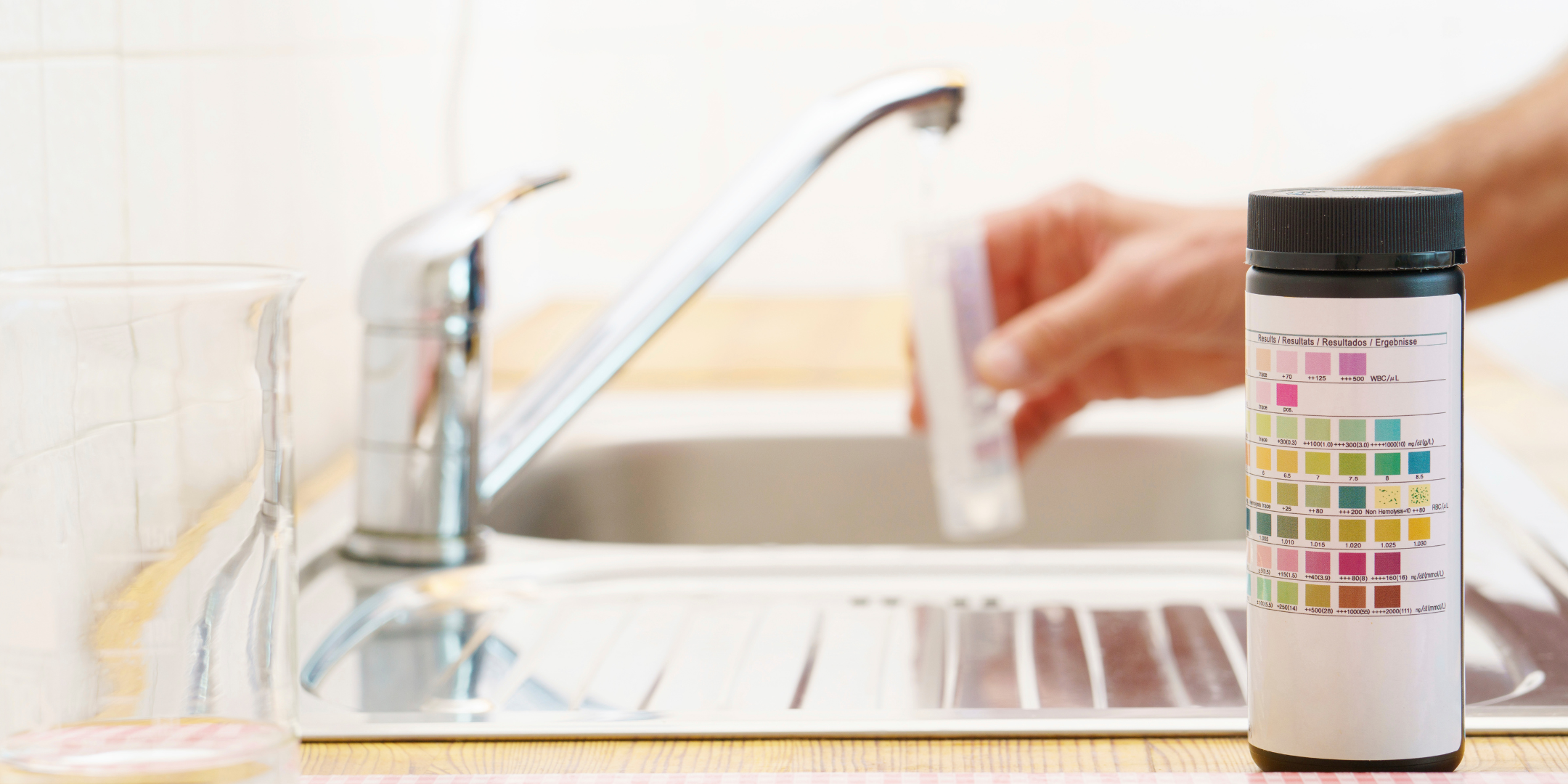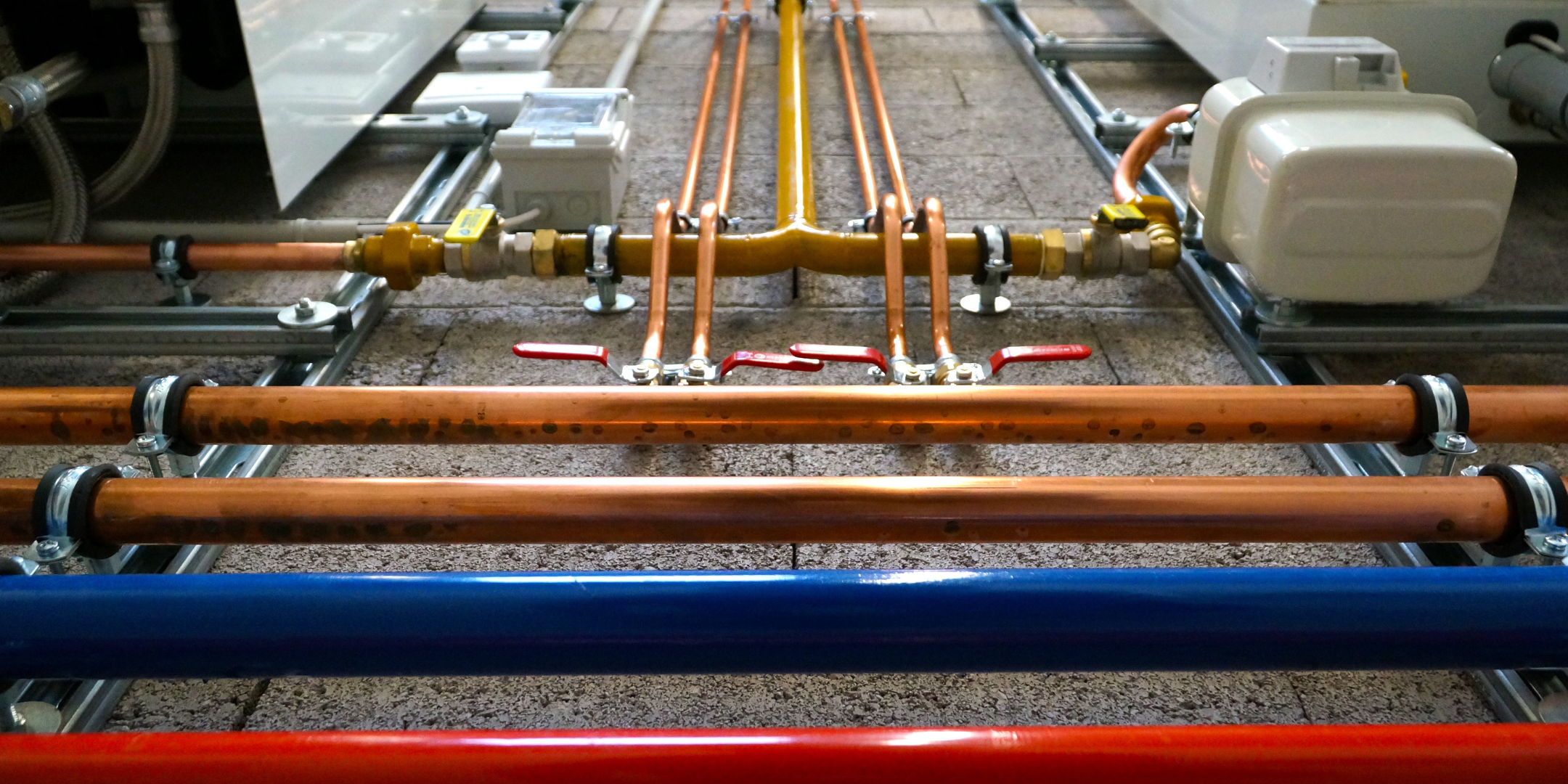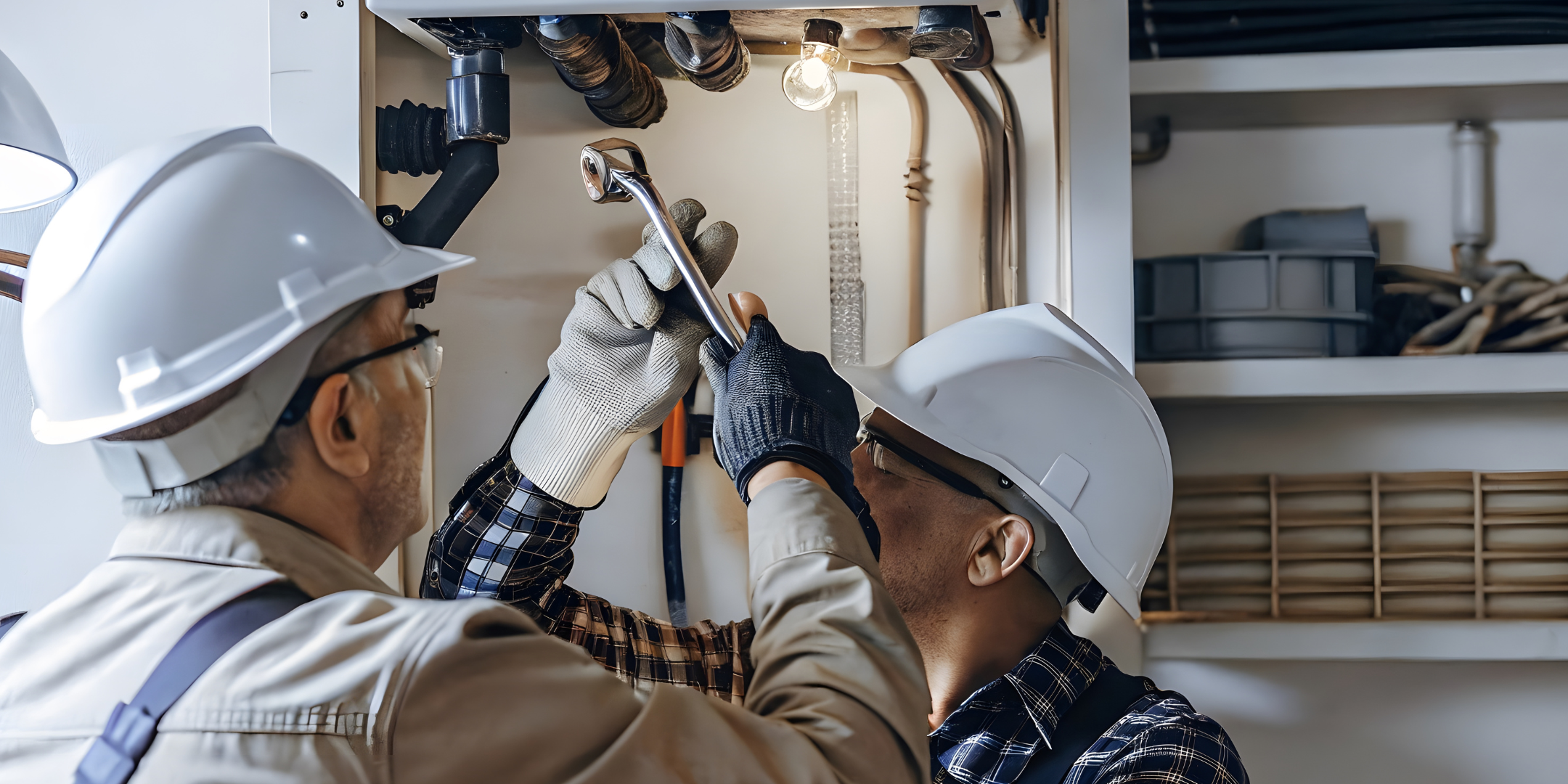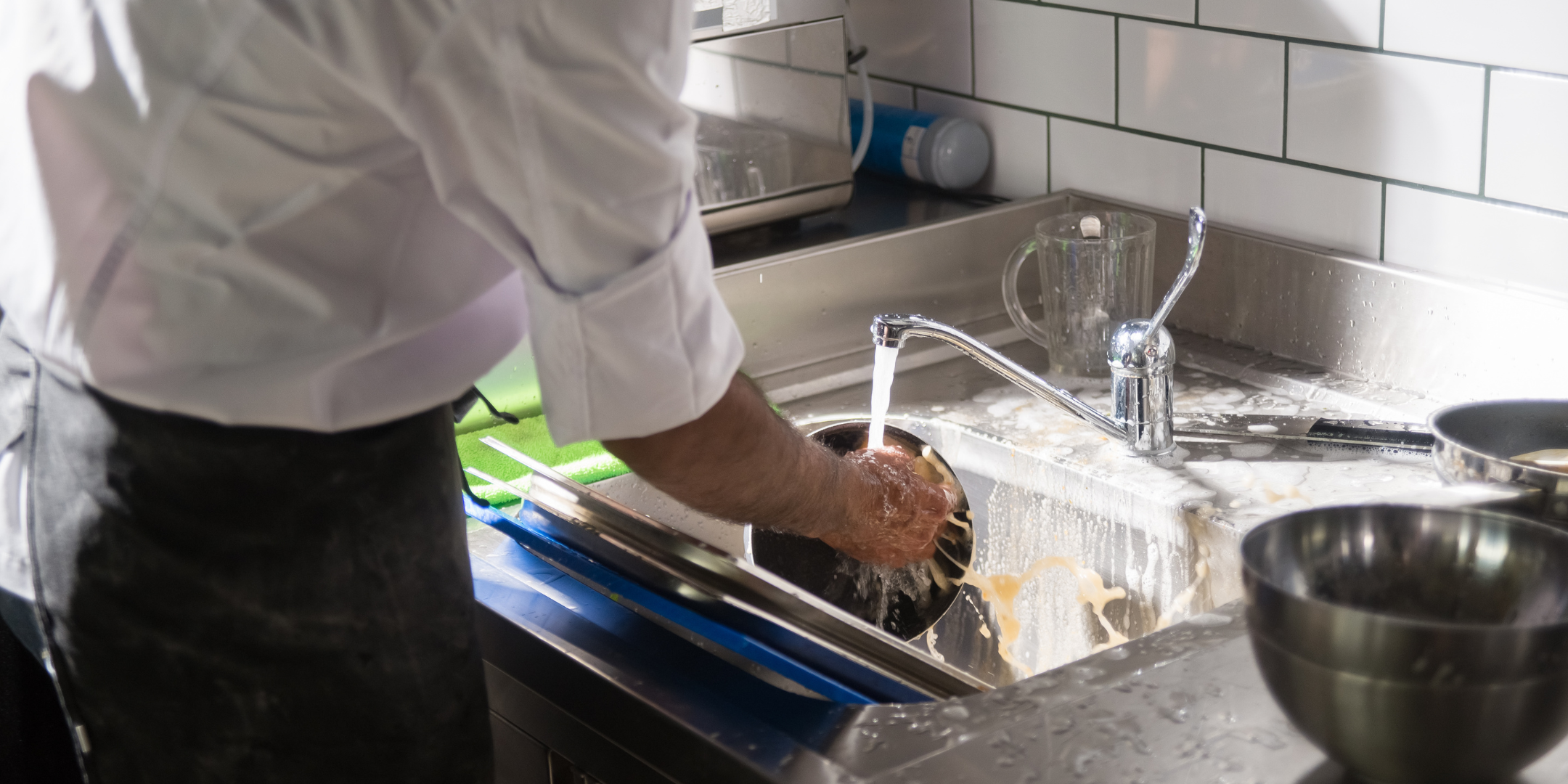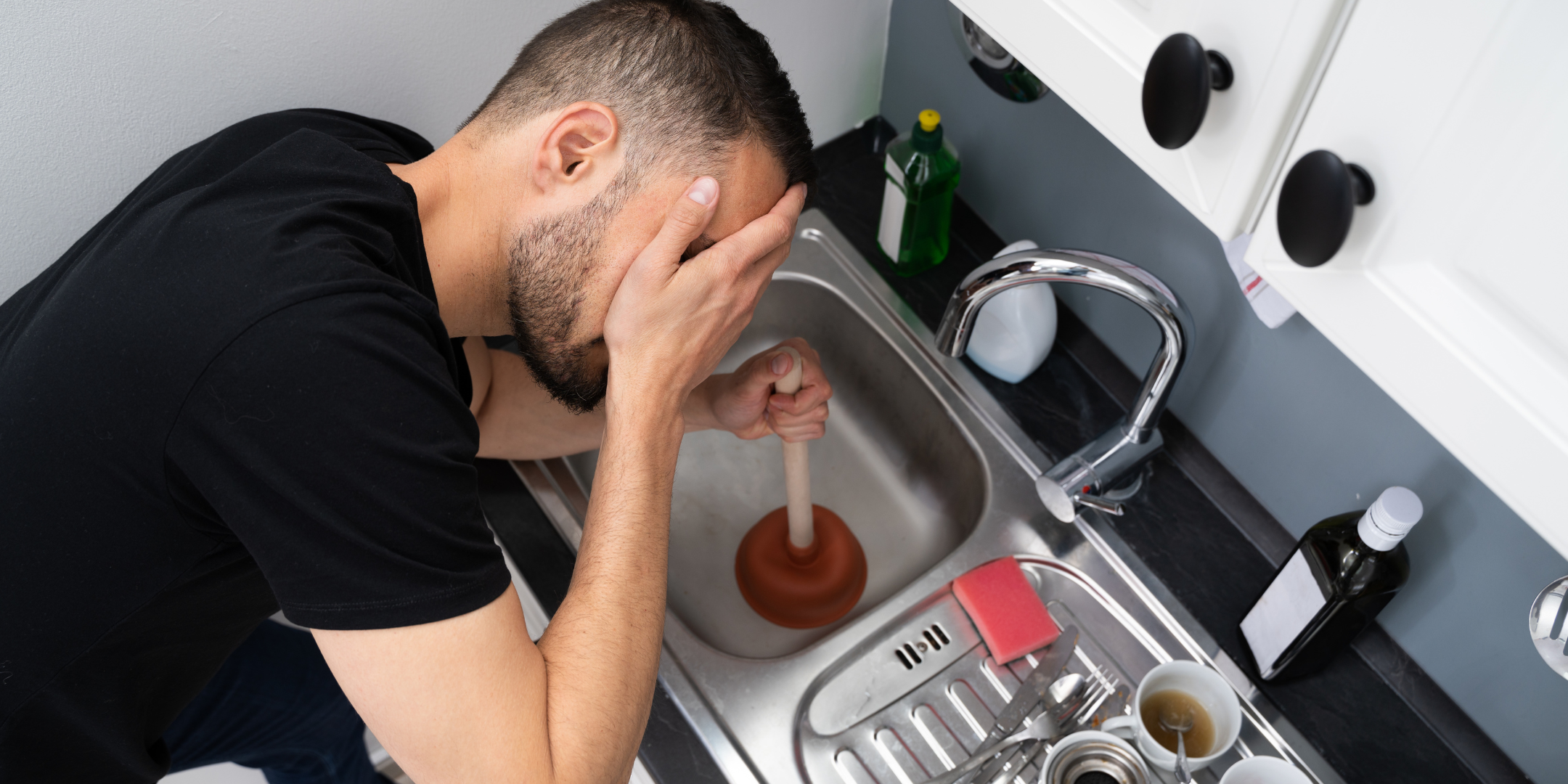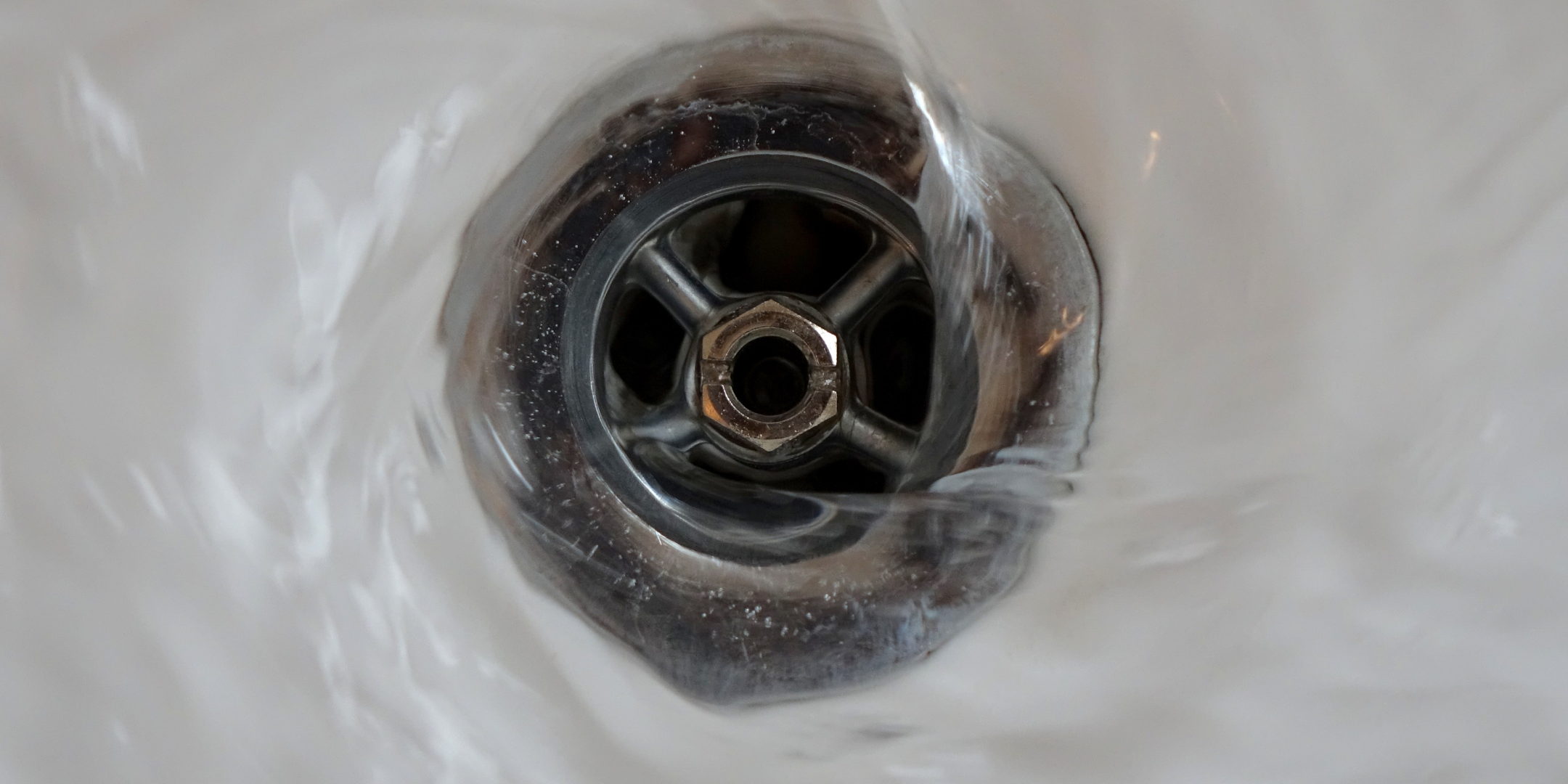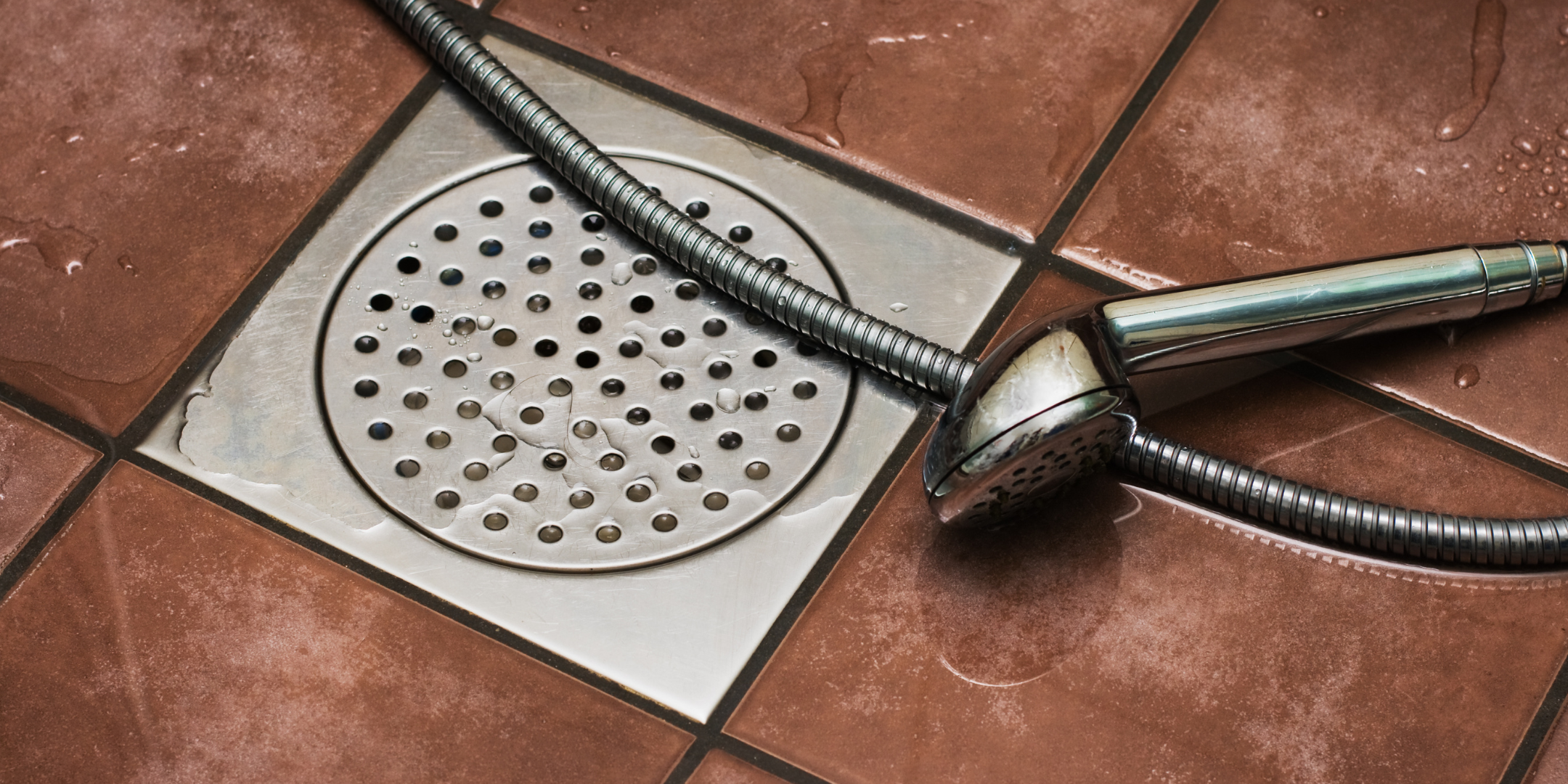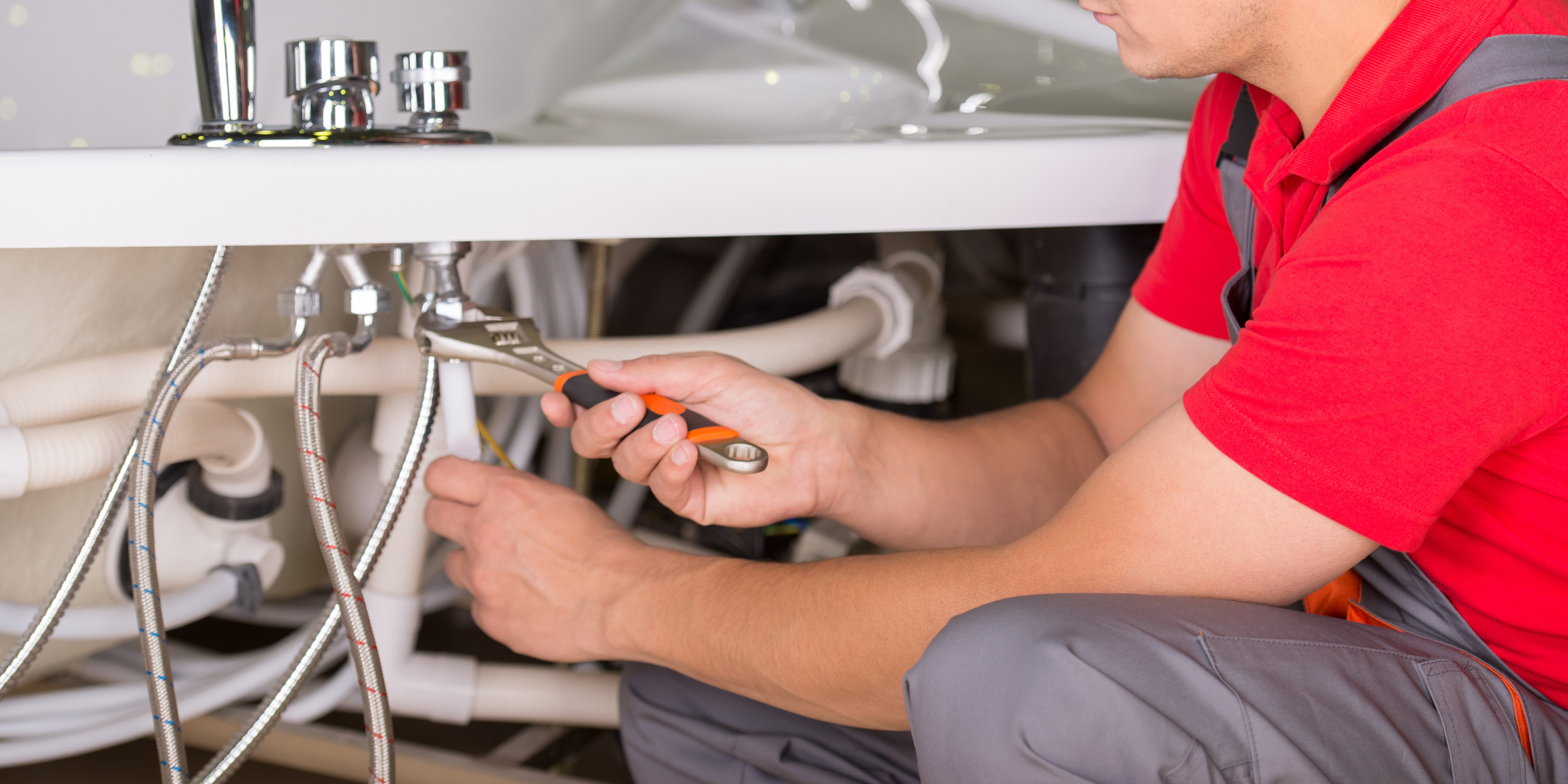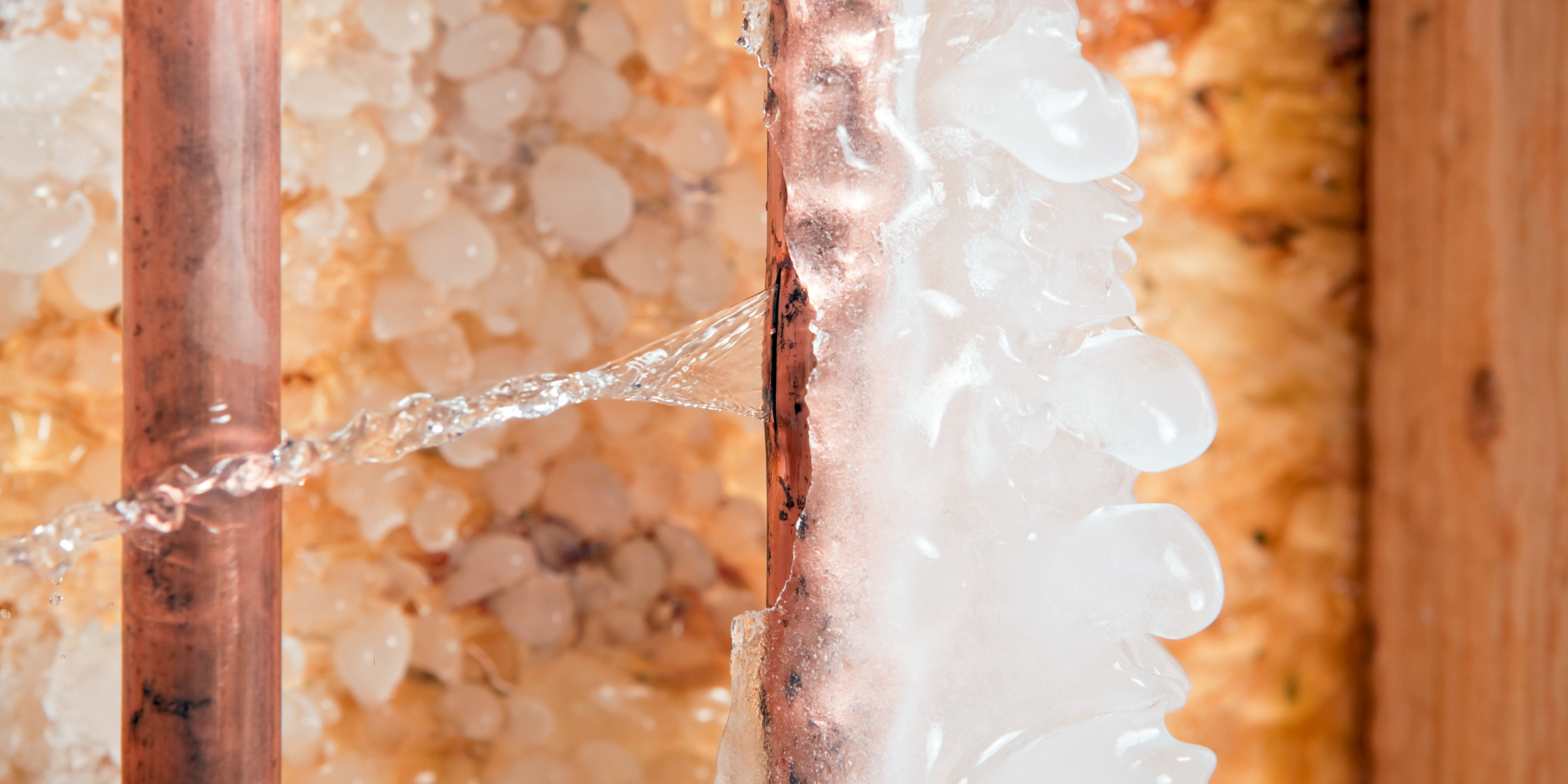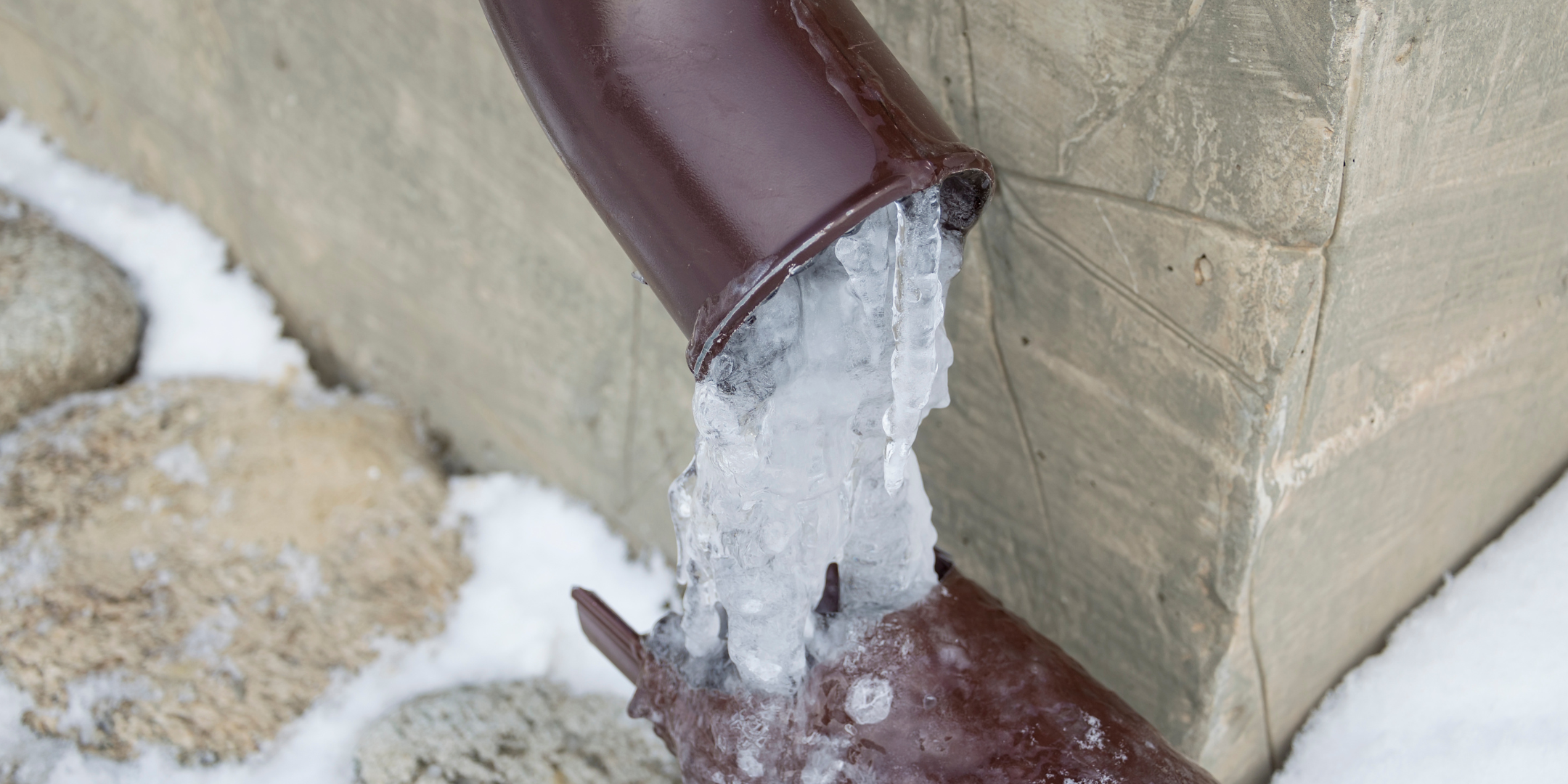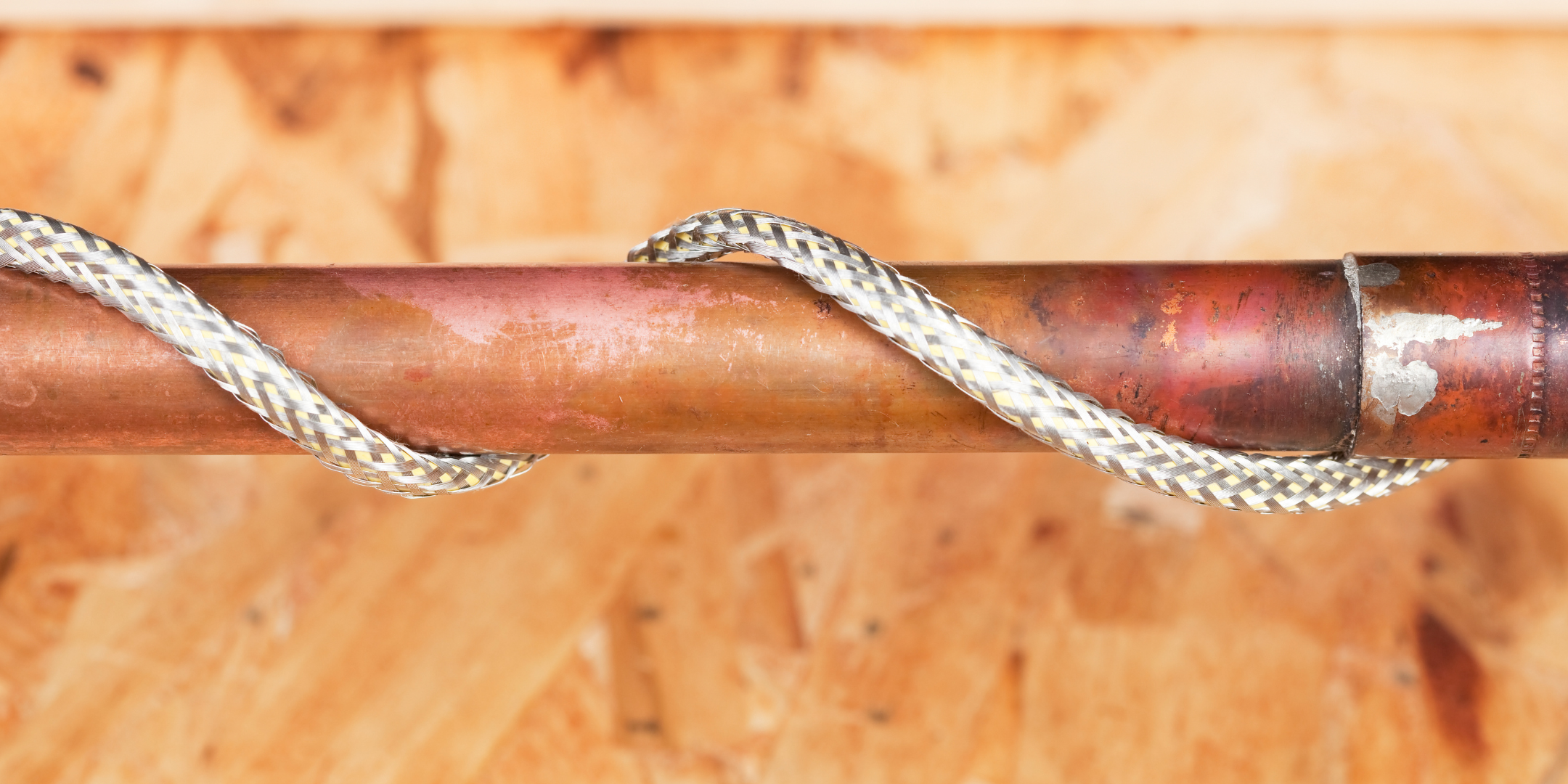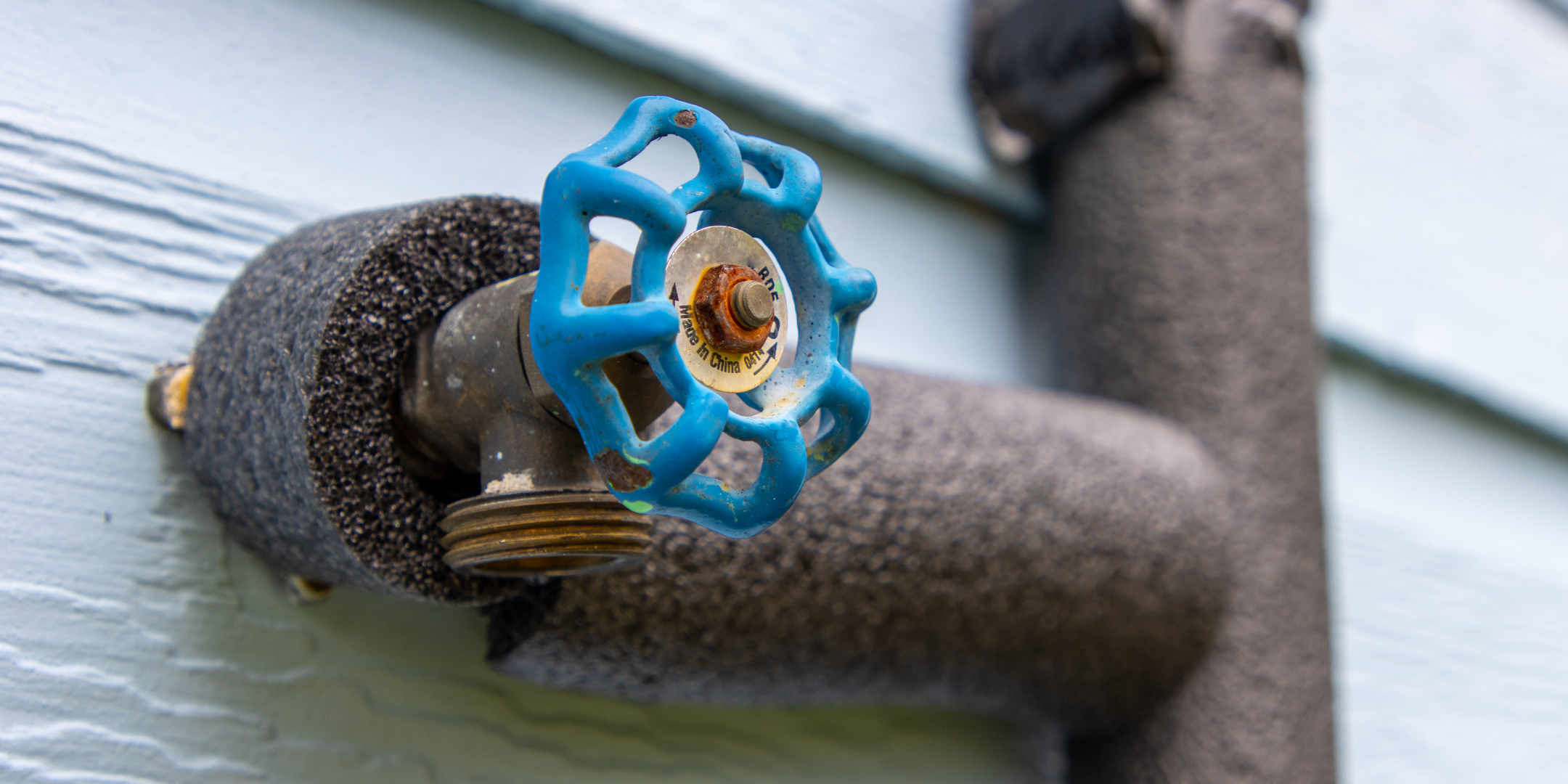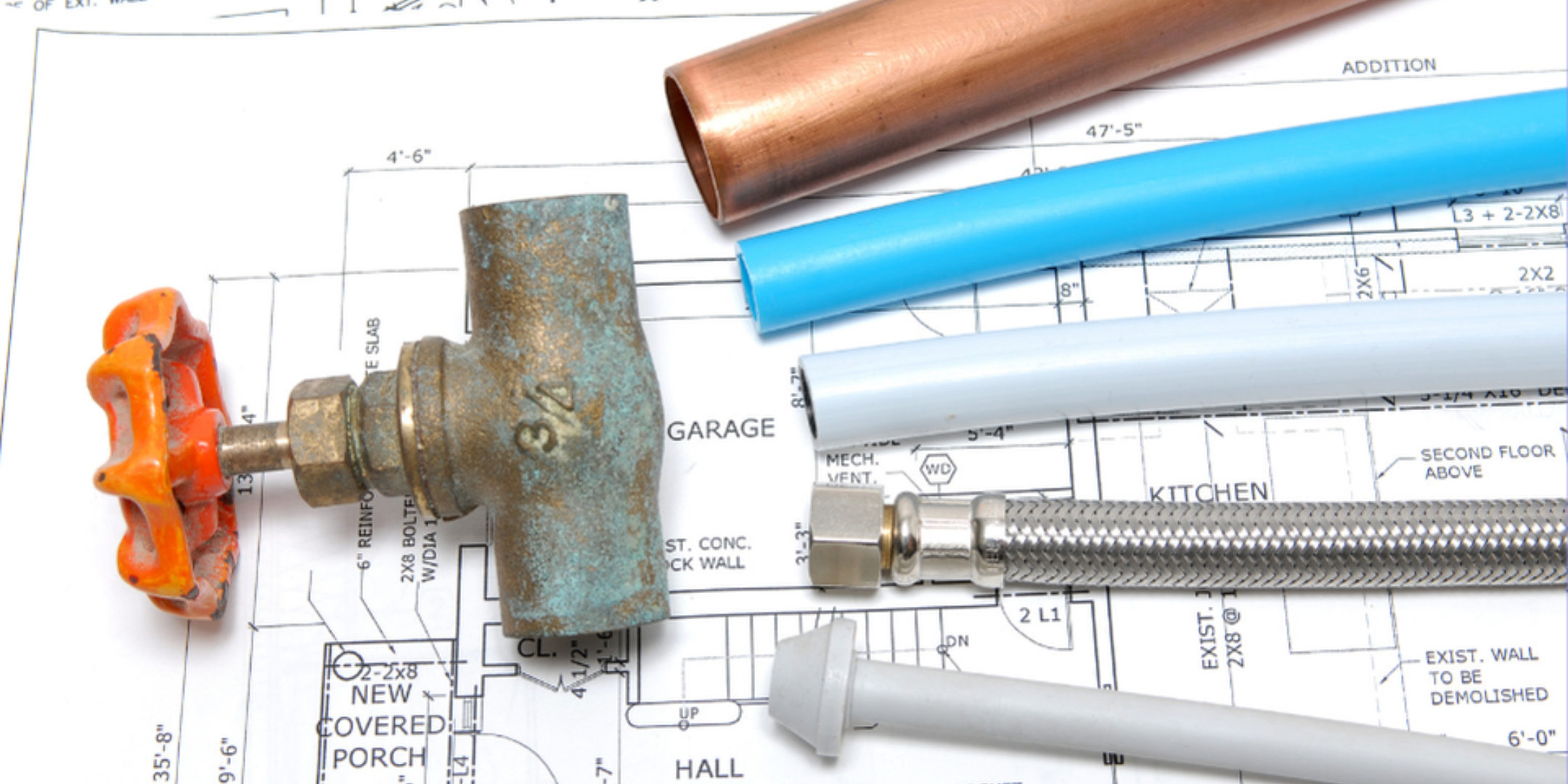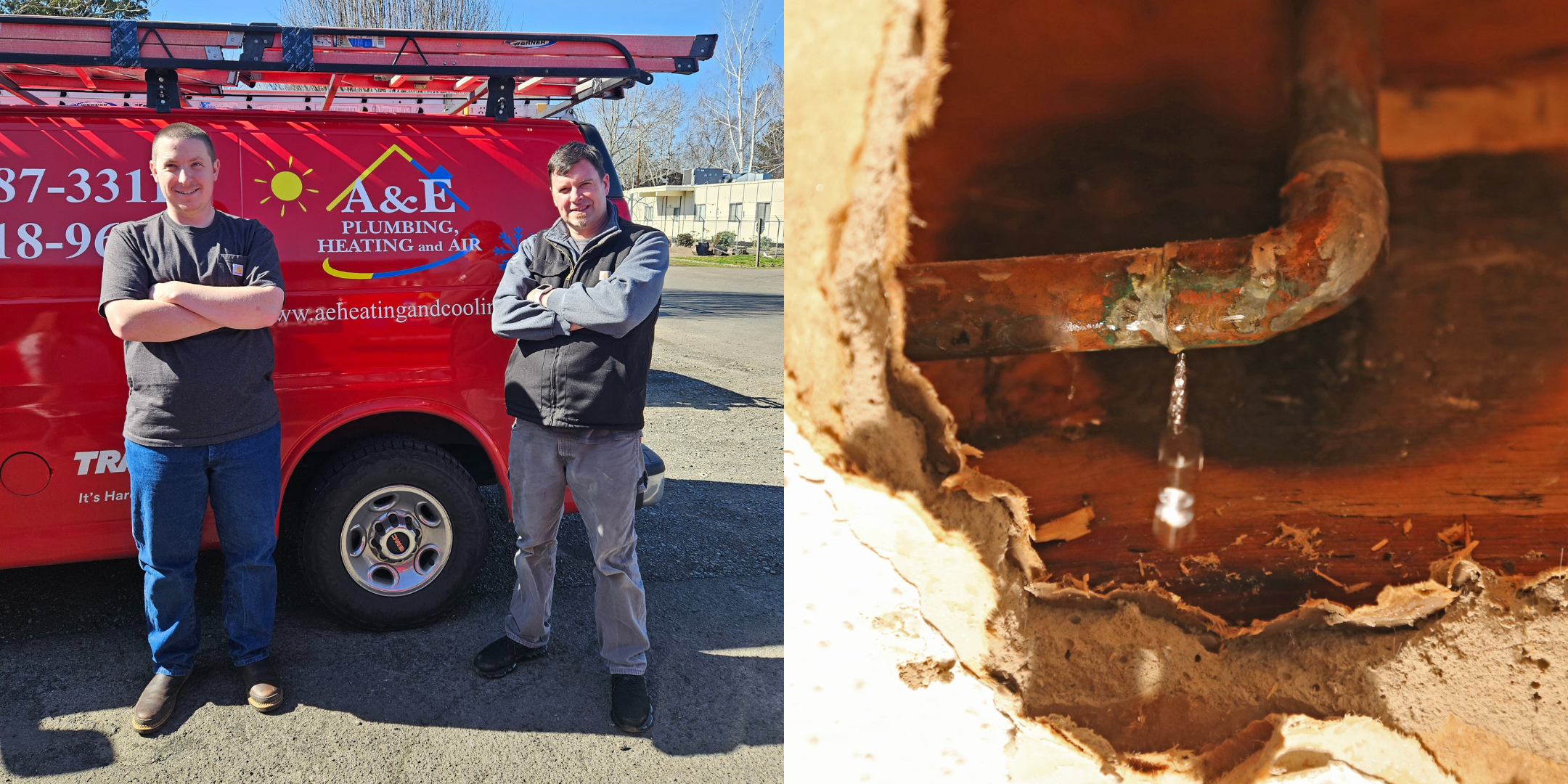
If your water bill has started creeping up but your daily routines haven’t changed, trust your gut— something’s off. You’re not imagining it, and you’re definitely not alone. Small, hidden leaks are one of the most common (and quietly costly) plumbing problems we see, especially in busy homes where every minute and every dollar matters.
something’s off. You’re not imagining it, and you’re definitely not alone. Small, hidden leaks are one of the most common (and quietly costly) plumbing problems we see, especially in busy homes where every minute and every dollar matters.
After 17+ years serving families across the Columbia River Gorge, we’ve seen just how often these issues get overlooked—until they start causing real damage. By the end of this article, you’ll know exactly what subtle signs to watch for and what steps to take next so you’re in control, not your water bill.
Why That Slightly Higher Water Bill Deserves a Second Look
The most expensive plumbing problems rarely announce themselves with a bang. They don’t gush or flood. They creep. Quietly. Slowly. And they almost always start with a confusing water bill that’s just high enough to raise an eyebrow.
The real trouble is that most people don’t know what to look for. If you’ve ever questioned whether a higher bill is just the new normal—or if you’re tired of being told “everything looks fine” when it clearly doesn’t—this is your sign to dig a little deeper.
Because when small leaks go unnoticed, they don’t just drain water. They can damage drywall, warp flooring, breed mold, and inflate utility costs for months before anyone finds the culprit. But once you know the signs, you can catch them early—and keep your home and budget intact.
Let’s get into it.
1. The Phantom Toilet Flush
(aka: Why is my toilet refilling when no one used it?)
If you’ve ever heard your toilet tank mysteriously refill hours after it was last used, it’s not your imagination, and it’s definitely not normal. It’s usually caused by a tiny, slow leak inside the toilet tank. Most often, it’s a worn-out flapper or an issue with the fill valve.
and it’s definitely not normal. It’s usually caused by a tiny, slow leak inside the toilet tank. Most often, it’s a worn-out flapper or an issue with the fill valve.
And while it may not sound serious, a silent toilet leak can waste hundreds of gallons of water a day without ever overflowing or making a mess.
This type of leak doesn’t show up with obvious puddles. There’s no “uh-oh” moment. It just slowly siphons water—and money—down the drain, day after day.
How to check: Add a few drops of food coloring to your toilet tank (not the bowl) and wait about 15 minutes. If the color shows up in the bowl without flushing, you’ve got a leak.
It’s easy to write this off as a fluke or a one-time thing. But if your tank keeps refilling with no one around, it’s worth getting checked—before your next water bill reminds you the hard way.
2. Mystery Damp Spots on Floors or Carpet
(aka: Why does this part of the floor feel... weird?)
Let’s say you step out of bed and feel a slightly warm, oddly damp patch on the floor. No spills, no pets. Just a strange, soft spot that wasn’t there before.
This could be a slab leak, which happens when a pipe beneath your home’s concrete foundation starts to leak. These leaks are notoriously tricky to detect because they’re underground—but they can do serious damage to your flooring and foundation over time.
Slab leaks don’t flood your home overnight. Instead, they create lingering dampness under the surface. That can lead to warped floors, mold growth, and even cracks in your foundation if left untreated.
Many homeowners assume these changes are just due to old flooring or humidity. But a persistent warm or damp area that doesn’t go away is worth investigating—especially if you also notice higher water bills.
3. Your Water Meter Won’t Sit Still
(aka: How to run the simplest leak test ever)
Here’s a test you can do in your robe and slippers: turn off every faucet, appliance, and sprinkler in the house. Wait a few minutes. Then go look at your water meter.
If the little dial or digital readout is still moving? That’s your house saying, “Hey, something’s leaking.”
This test is one of the fastest ways to tell if you have a hidden leak. If your water use is at zero, but your meter is still recording flow, something is using water behind the scenes—and it’s not your dishwasher.
Many people assume this kind of thing would trigger a flood or a wet spot. But often, these are slow, steady leaks hidden inside walls, behind toilets, or underground. This test doesn’t tell you where the leak is, but it does confirm it’s happening.
4. Unexplained Mold, Mildew, or That “Wet Sock” Smell
(aka: When your house smells damp even though it looks clean)
A musty smell that won’t go away—especially in bathrooms, basements, or closets—is your home trying to tell you something. When leaks happen inside walls or under flooring, they create the perfect environment for mold and mildew to grow.
Mold doesn’t just damage surfaces—it can trigger allergies, asthma, and other respiratory problems, especially in kids or anyone with sensitivities. And once it takes hold, it’s expensive and complicated to remove.
People often chalk up these smells to an old home, wet shoes, or a forgotten towel in the laundry room. But if you clean and the smell keeps coming back, or if you notice peeling paint, bubbling drywall, or humidity in one area of the house, don’t ignore it.
5. Irrigation System Gone Rogue
(aka: Why is my lawn soaking wet but I barely watered?)
If your yard has a swampy patch or unusually lush grass in one area, your sprinkler system might be leaking underground. This is especially common after harsh winters, root growth, or accidental damage from gardening or digging.
leaking underground. This is especially common after harsh winters, root growth, or accidental damage from gardening or digging.
Outdoor leaks are sneaky. They rarely show up on your radar because they don’t make a mess inside the house. But they can still waste hundreds of gallons of water a week—and drive up your bill just as fast as an indoor leak.
What often gets overlooked: Since sprinklers are seasonal and automatic, many people forget to check them. Plus, if the leak is small, your lawn might look fine on the surface. But a soggy section, mildew smell outside, or visible sprinkler heads dripping long after shutoff are red flags.
6. Ceiling Stains or Peeling Paint Upstairs
(aka: What is that weird brown ring on the ceiling?)
If your upstairs bathroom or laundry room is over part of your living space, a slow leak can eventually show up as a brownish water stain, bubbling paint, or cracking drywall on the ceiling below.
These leaks are often tied to old caulk around tubs, loose washing machine hoses, or small supply line failures. They’re not dramatic at first—but over time, they can soak insulation, ruin ceilings, and cost thousands in repairs.
A small stain or bubbling patch doesn’t seem urgent—until it expands or turns into a ceiling collapse. If you notice any discoloration or feel a soft spot, it’s time to stop assuming it’s just “cosmetic.” Water damage starts quietly, and it only gets worse with time.
Take Control of Hidden Plumbing Problems
If your water bill caught your attention this month, you’re not alone—and you’re not overthinking it. A slow, quiet plumbing leak is one of the most common (and costly) causes of rising water bills, warped flooring, mildew smells, and even hidden foundation damage.
We’ve spent over 17 years helping homeowners make sense of confusing plumbing problems and rising utility costs. If you’re ready to move from frustration to clarity, a leak detection or plumbing diagnostic service is a smart next step. It’s not just about stopping water waste—it’s about protecting your home, your time, and your peace of mind.
Call one of our licensed plumbers today and get ahead of costly water damage.
Daphne Hunt holds a bachelor's degree in English and Mass Communication and has a lifelong passion for writing. She thrives on using her skills to craft compelling pieces that inform, inspire, and connect with readers.
Topics:






